What exactly are biomes? Get to know the major biomes with these exciting and fun facts about biomes.
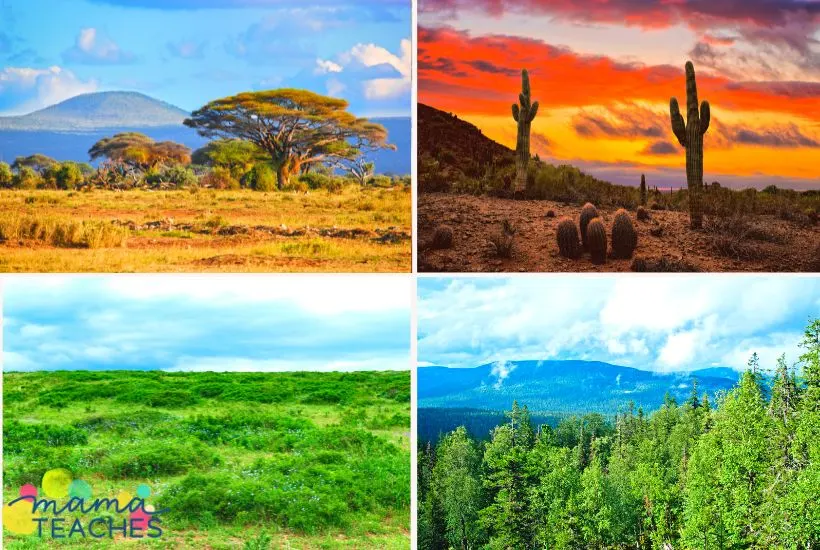
What Are Biomes?
Biomes are large areas of the Earth that have a similar climate, animals, and plants.
Scientists use biomes as the largest category to describe geographic regions (ecosystems and habitats are smaller categories).
If you ask scientists how many biomes there are, you will get different answers.
Some say there are five major biomes: grassland, forest, desert, tundra, and aquatic.
Others, like NASA, say there are more biomes: grassland, desert, tundra, shrubland, coniferous forest, temperate deciduous forest, and tropical rainforest.
Whatever the number or name of the biome, it is essential to remember these are general classifications of regions of the Earth.
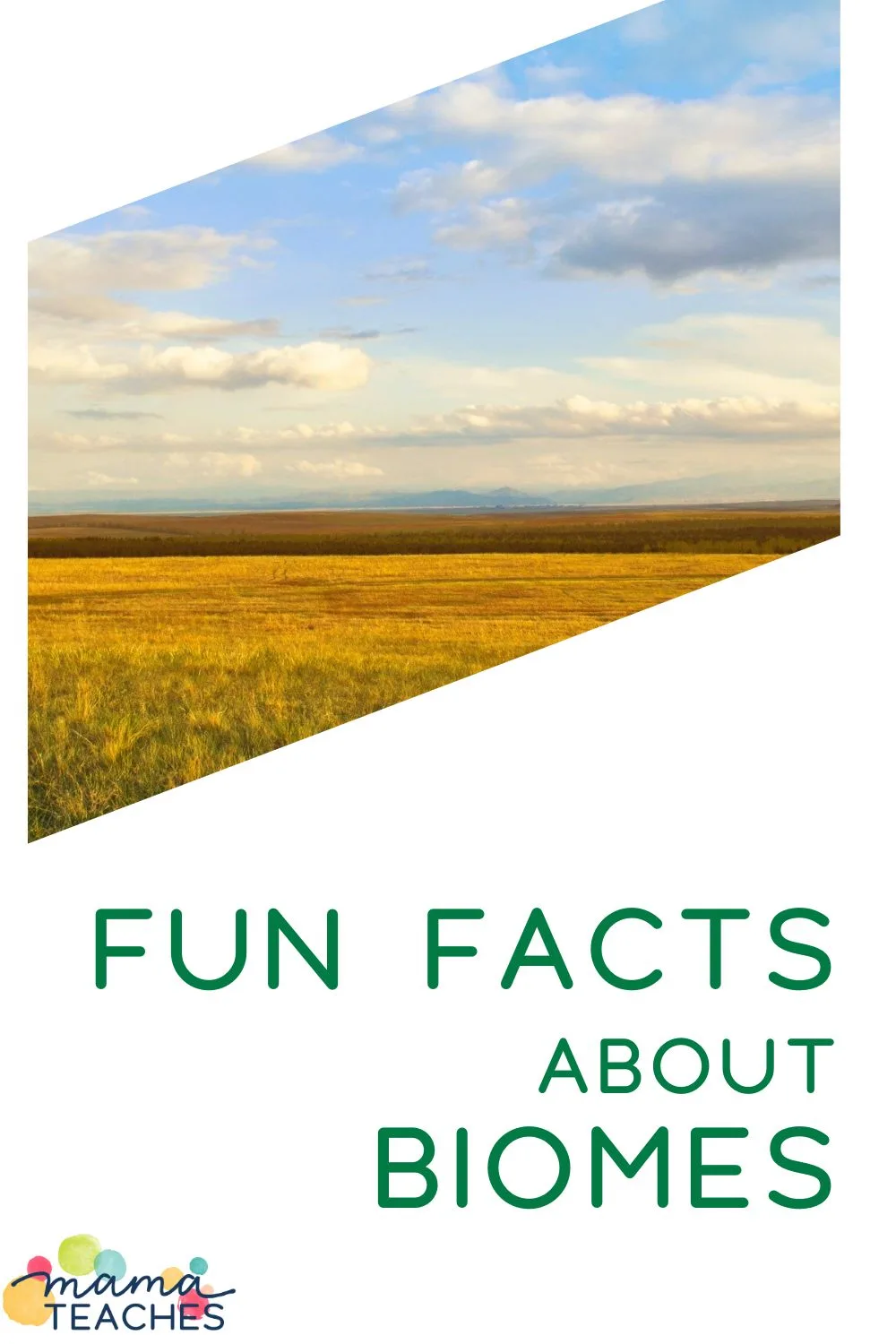
This article contains affiliate links to things that you might like.
Fun Facts About Biomes
Get to know the major biomes with these fun facts about biomes.
Grasslands Have the Most Obvious Name
Of all the biomes, grasslands have the name that tells you the most.
A grassland is…a land of grass. Grasses are the most common plants in the region.
You can find grasslands on every continent except one: Antarctica.
There are two kinds of grasslands: prairies (also called steppes or pampas) and savannas.
Half of Africa Is a Savanna
Savannas are a type of grassland. Unlike prairies, savannas are in hot climates.
Savannas are found on two continents: Africa and Australia.
The African savanna takes up one-half of the continent!
Savannas also look different from prairies because the savannas are dotted with occasional trees.
Far and away, grass is the most common plant. It supports many grazing animals (like gazelles and zebras).
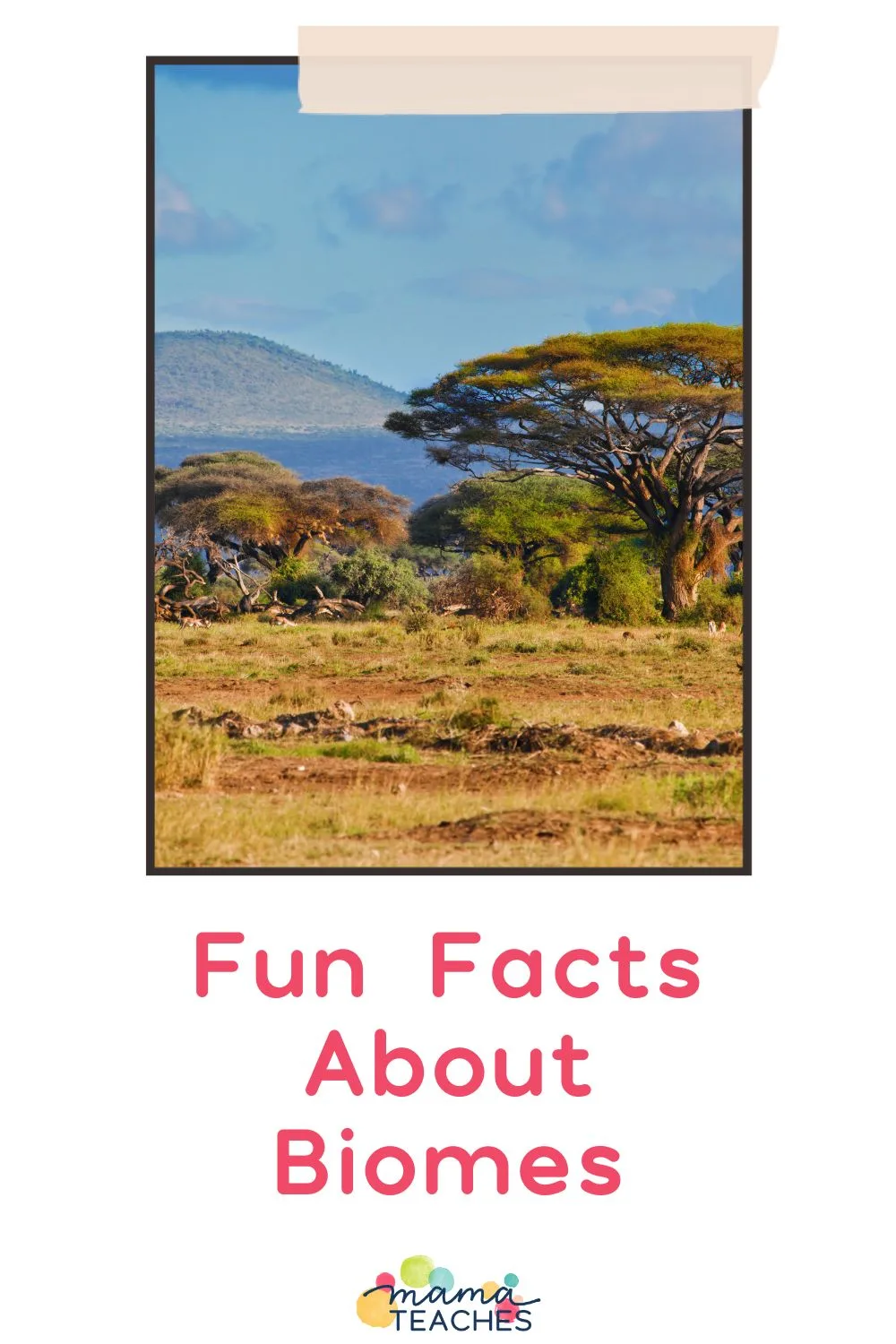
The Desert Is Home to the Most Amazing Animals
All animals need water to live; water is in short supply in deserts.
This is true for hot deserts (like the Sahara) and cold deserts (like Antarctica).
For an animal to survive in the harsh conditions of the desert, it must have unique adaptations.
Many desert animals have ways to store water in their bodies.
Camels and Gila monsters store water in their fat deposits.
Hot deserts also have many nocturnal animals like the jackrabbit and the mountain lion.
They are active at night to escape the scorching heat of the day.
You will also find many desert animals that use camouflage to disguise themselves.
These include the deathstalker scorpion, the scarab beetle, the Arctic fox, and the desert monitor lizard.
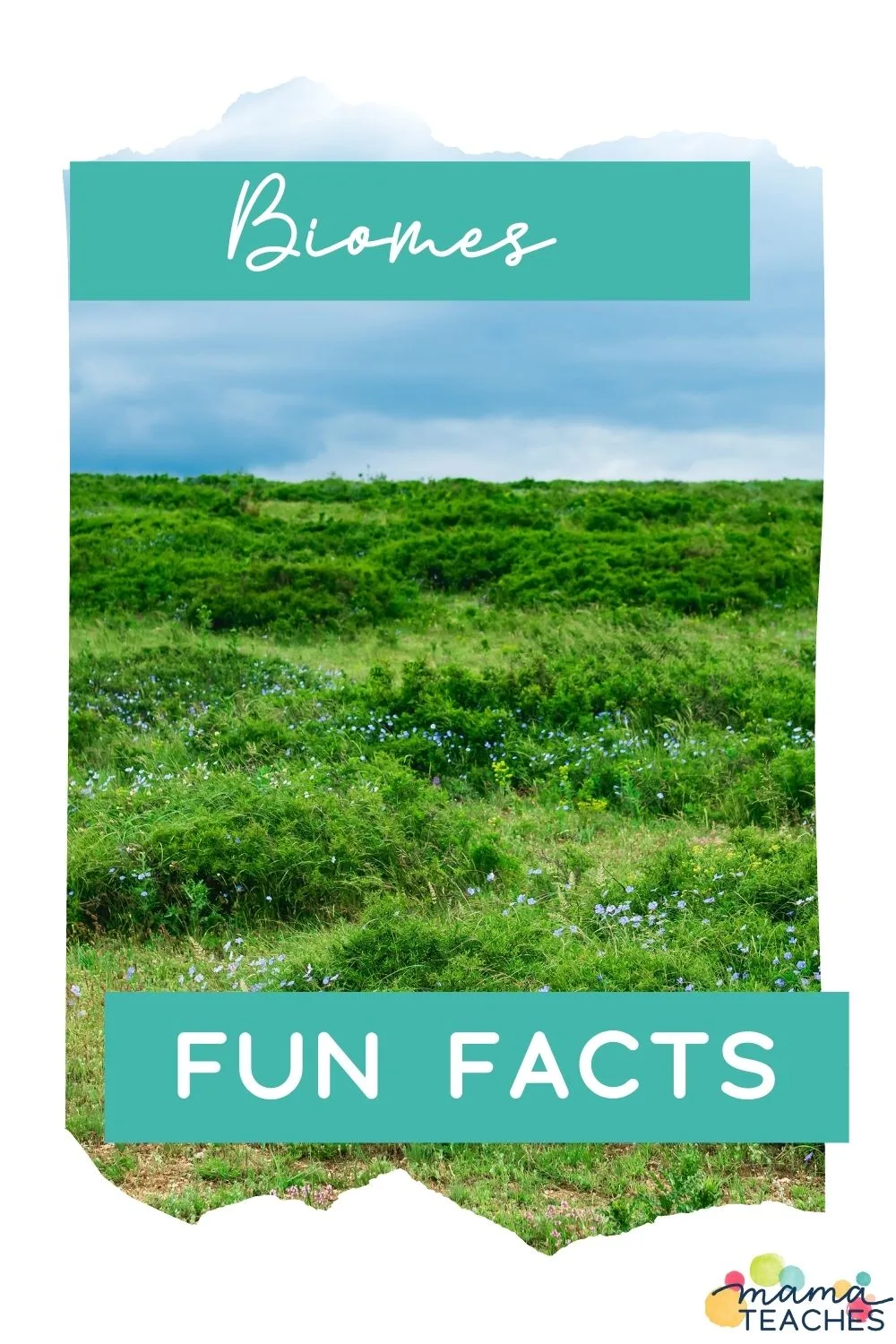
Shrublands Are Not Too Tall and Not Too Short
Grasslands are covered with grass.
Forests are covered with trees.
And shrublands are covered with…well…shrubs.
Shrublands have plants like bushes and small trees that are less than 10 feet tall.
They receive more rain than grasslands but less than forests.
This is one reason why large trees do not grow.
Another reason is that shrublands have soil that is not very nutrient-rich.
Large trees need plenty of nutrients to sustain them!
Like grasslands, shrublands are vulnerable to fires.
During dry spells, the plants easily catch fire when lightning strikes.
This periodic burning helps the biome stay healthy; it makes room for new plants to grow.
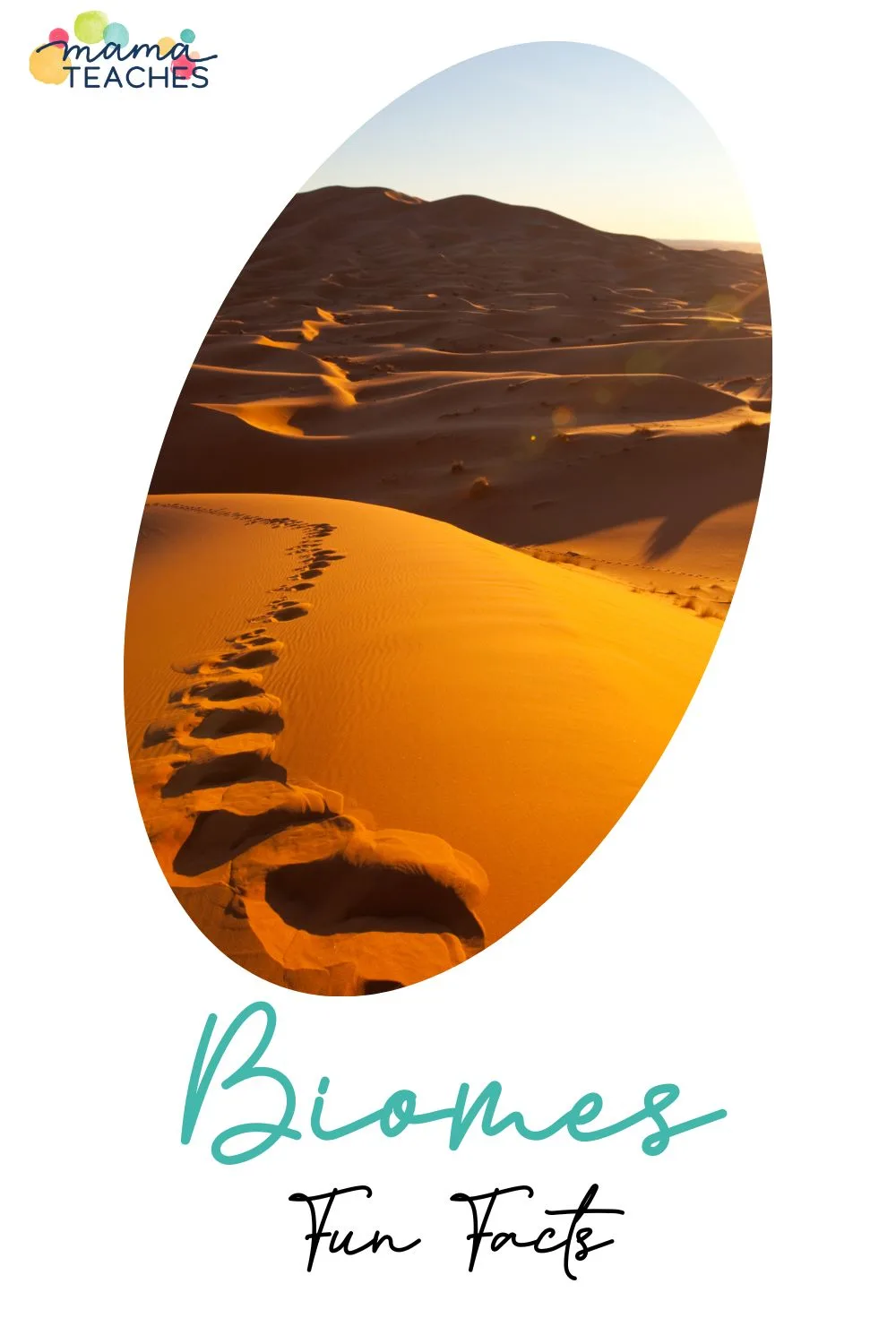
You Might See Colossal Herds of Reindeer in the Tundra
Wild reindeer are specially adapted to the tundra’s frosty conditions.
They have thick coats of fur, cloven hooves that enable them to walk on the top of the snow, and antlers to clear away snow in search of food.
Reindeer are often on the move.
They travel hundreds of miles every year in search of fresh grasses and a safe place to have their young.
How large are their herds?
The Siberian tundra reindeer herd has anywhere from 400,000 to 1 million members! That’s a lot of reindeer!
The Taiga Is Home to Many Endangered Animals
The taiga (also called the boreal or coniferous forest) is a cold forest with tall pine, larch, and spruce trees.
Many endangered animals call the taiga their home.
They include the peregrine falcon, the Canadian lynx, the wood bison, and the Siberian tiger.
The Siberian tiger is the most endangered, with less than 1000 living in the wild.
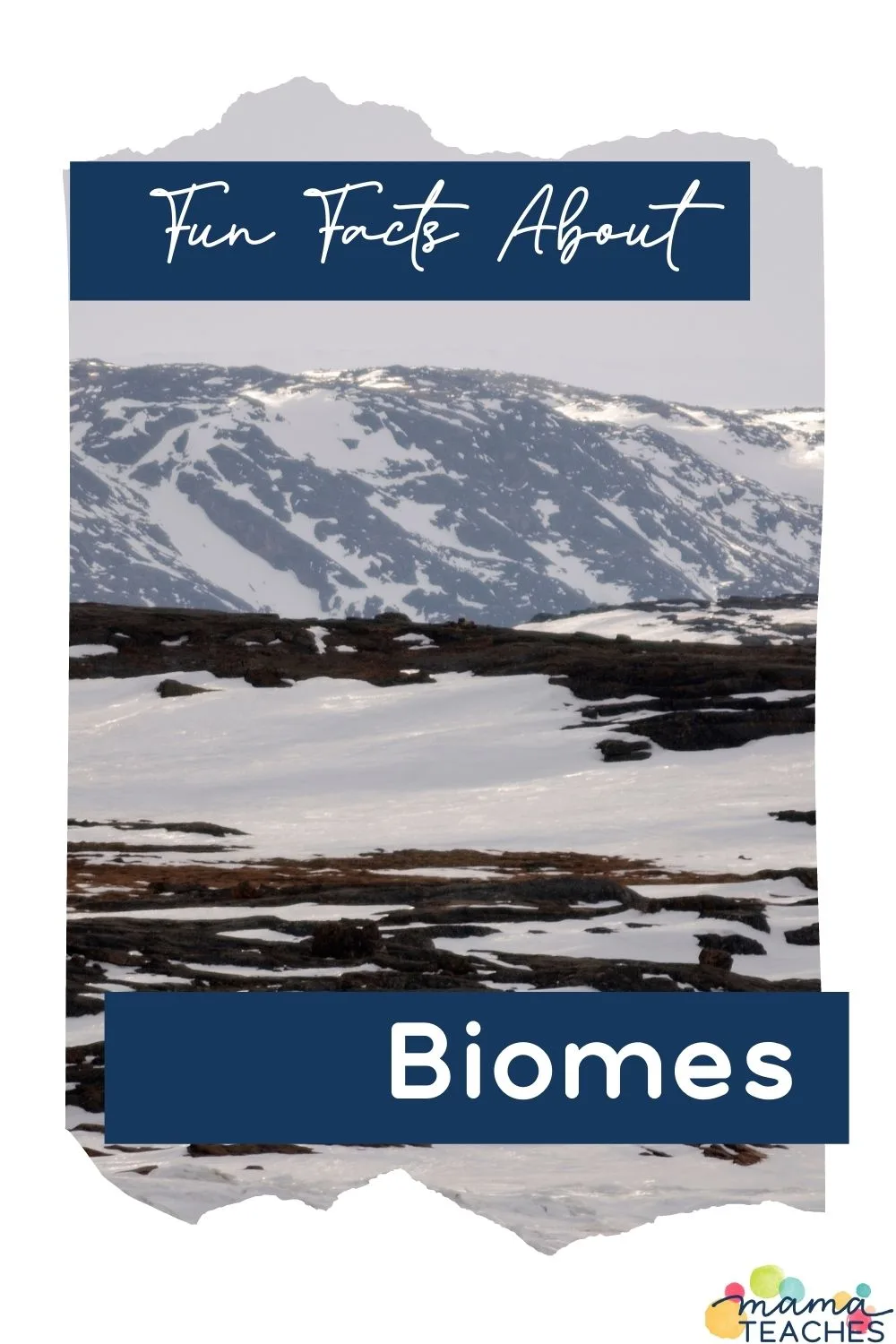
In the Temperate Forest, Trees Stretch Toward the Sun
The temperate forest (also called the deciduous forest) experiences all four seasons: summer, fall, winter, and spring.
Its trees, like the maple, beech, and oak, lose their leaves in the fall and grow new ones in the spring.
The trees of the temperate forest do something else: they bend toward the light.
Sometimes, the trees shoot straight up to grab the sunlight overhead.
If they grow in a shady area, they will tilt to the side to receive more sunlight.
So the next time you see a leafy tree growing sideways, you will know it did that intentionally!
You Might See Wrestling Frogs in the Rainforest
The rainforest is full of colorful creatures.
You can find poison dart frogs in almost every color of the rainbow.
Their name comes from the fact that they secrete a poison from their skin.
Indigenous people would dip the tips of their darts in the toxin so their shots would more likely kill the animals they hunt.
Poison dart frogs are territorial, and males will compete for the best territory.
They don’t have horns or claws; they fight by wrestling!
People have observed strawberry poison dart frogs wrestling for over twenty minutes.
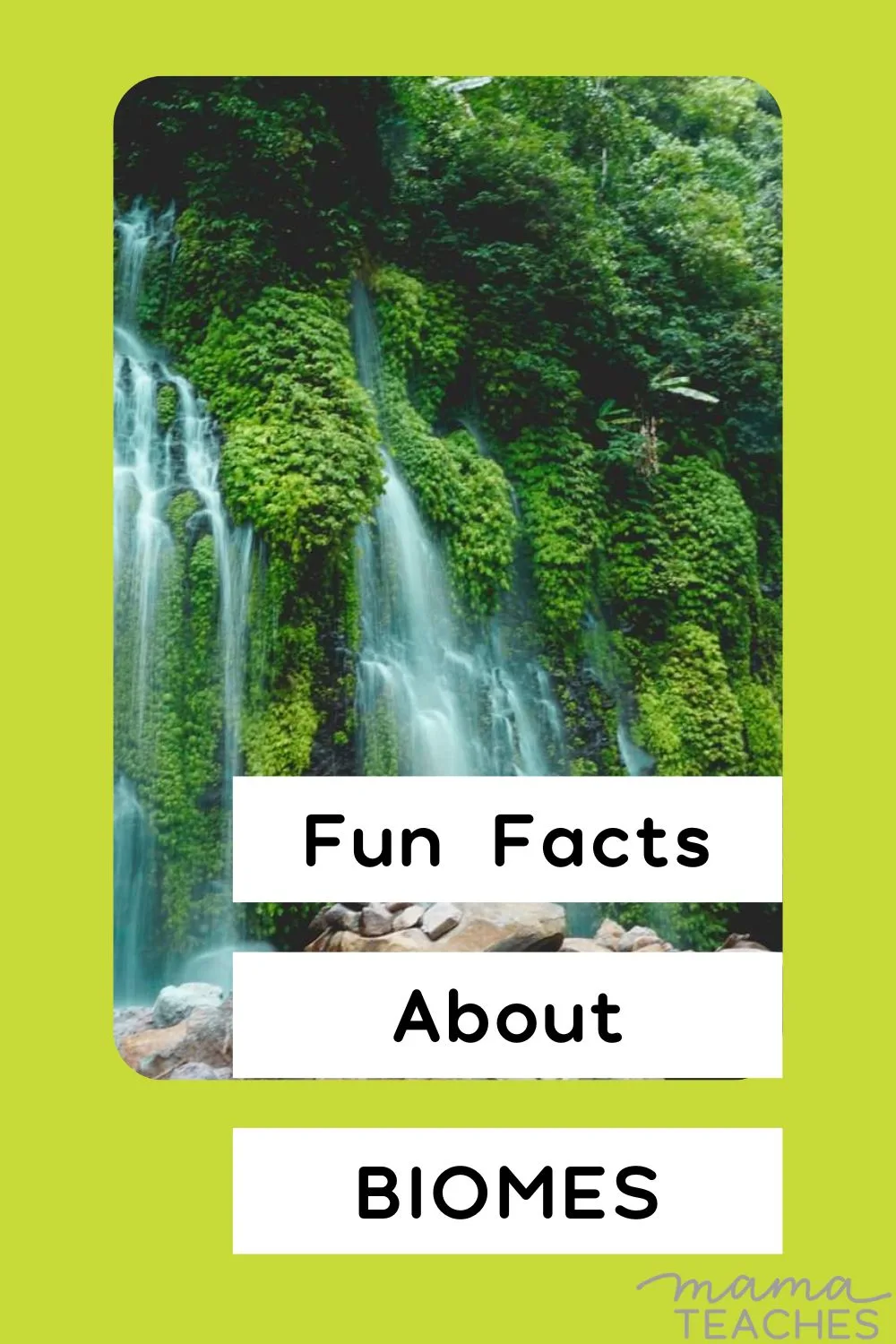
The Aquatic Biome Is the Biggest Biome of All
The largest biome by far is the aquatic biome. Water covers 75% of the Earth’s surface.
Unsurprisingly, 90% of all life lives in the ocean.
It is also home to the largest living animals (hint: the top ten are all types of whales).
The largest living animal is the blue whale, with an average mass of 110 tons.
To give you some perspective, the largest land animal is the African bush elephant. It weighs an average of 6 tons.
Check out more fun facts about the ocean.
Various Fun Facts About Biomes
This list of fun facts about biomes is only a taste; we have lots more!
Check out these other fun facts about tundras, rainforests, taigas, deserts, savannas, and grasslands.
Isn’t the Earth a fascinating place?
